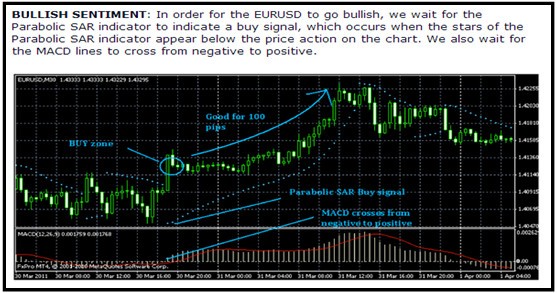Options Trading Strategy Guide
Post on: 16 Март, 2015 No Comment

Availability:
Options Trading Strategy Guide: Foreword
In Global Financial Markets, for many years, options have been a means of conveying rights from one party to another at a specified price on or before a specific date. Options to buy and sell are commonly executed in real estate and equipment transactions, just as they have been for years in the securities markets. There are two types of option agreements: CALLS and PUTS.
u2022
A CALL OPTION is a contract that conveys to the owner the right, but not the obligation, to purchase a prescribed number of shares or futures contracts of an underlying security at a specified price before or on a specific expiration date.
u2022
A PUT OPTION is a contract that conveys to the owner the right, but not obligation, to sell a prescribed number of shares or futures contracts of an underlying security at a specified price before or on a specific expiration date.
Consequently, if the market in a security were expected to advance, a trader would purchase a call and, conversely, if the market in a security were expected to decline, a trader would purchase a put. With the advent of listed options, the inconvenience and difficulties originally associated with transacting options have been greatly diminished.
The purpose of this book is to provide an introduction to some of the basic equity option strategies available to option and/or stock investors. Exchange-traded options have many benefits including flexibility, leverage, limited risk for buyers employing these strategies, and contract performance guaranteed by Stock Exchanges. Options allow you to participate in price movements without committing the large amount of funds needed to buy stock outright. Options can also be used to hedge a stock position, to acquire or sell stock at a purchase price more favorable than the current market price, or, in the case of writing (selling) options, to earn premium income. Options give you options. You’re not just limited to buying, selling or staying out of the market. With options, you can tailor your position to your own financial situation, stock market outlook and risk tolerance.
Whether you are a conservative or growth-oriented investor, or even a short-term, aggressive trader, your broker can help you select an appropriate options strategy. The strategies presented in this book do not cover all, or even a significant number, of the possible strategies utilizing options. These are the most basic strategies, however, and will serve well as building blocks for more complex strategies.
Despite their many benefits, options are not suitable for all investors. Individuals should not enter into option transactions until they have read and understood the risk disclosure section coming later in this document which outlines the purposes and risks thereof. Further, if you have only limited or no experience with options, or have only a limited understanding of the terms of option contracts and basic option pricing theory, you should examine closely another industry document.














